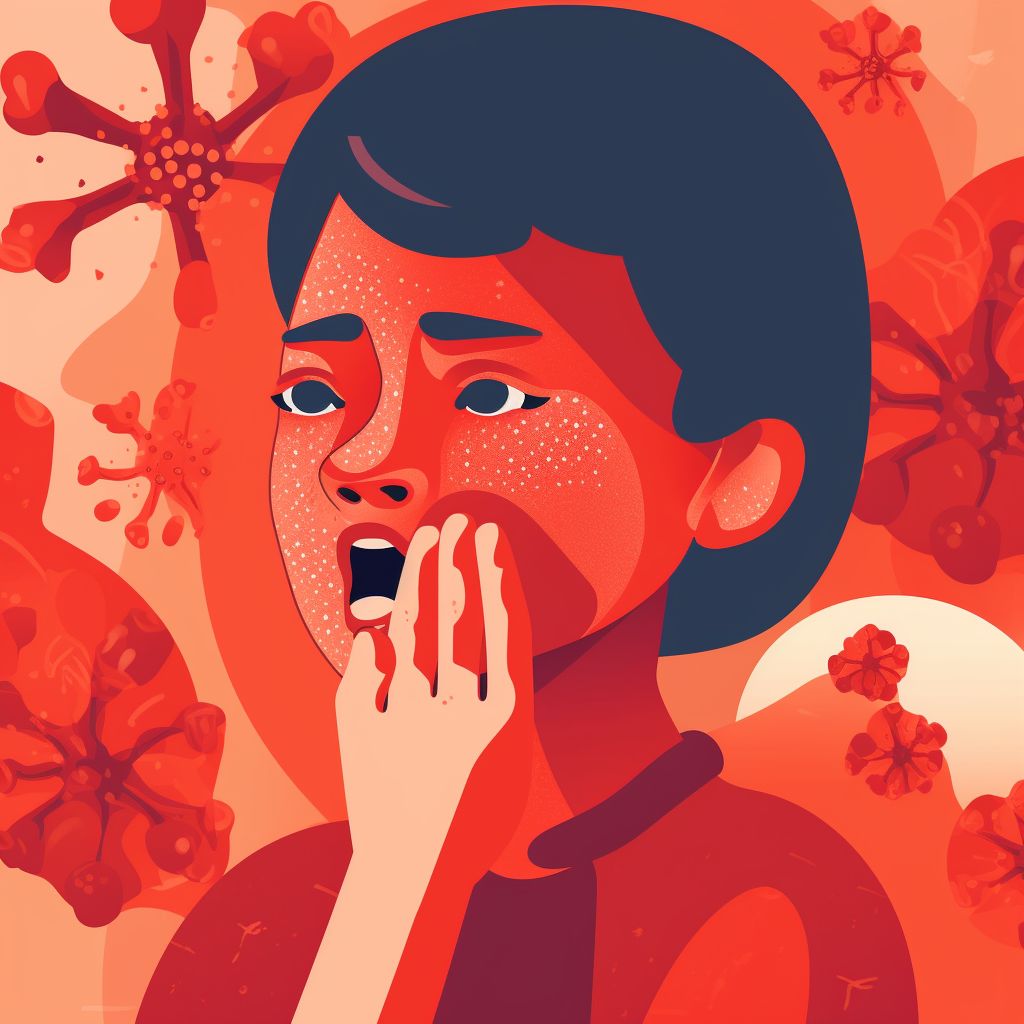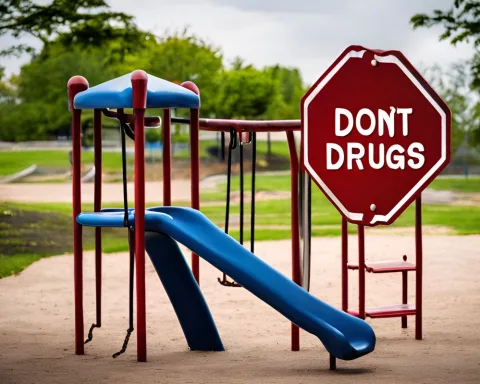According to the National Institute for Communicable Disease (NICD), South Africa is currently experiencing a mumps outbreak which has raised concerns. The infection is caused by the rubavirus and is most commonly found in children between the ages of 5 and 9; however, it can infect individuals of all ages. The symptoms of mumps include painful swelling of the salivary glands, which can occur on one or both sides of the face.
Second Occurrences of Mumps
While previous exposure to mumps generally provides lifetime immunity, second occurrences are possible. Reports of potential clusters or outbreaks in various provinces have prompted the NICD to investigate further.
Data Analysis Confirms Outbreak
To confirm the outbreak, the NICD analyzed national public sector laboratory test data for mumps PCR positives and Immunoglobulin M (IgM) positives from 2013 to the present. The data revealed that the annual percent-positivity for mumps IgM tests rose to an alarming 69% in 2023, with children aged 1-4 years being the most affected group.
Monitoring the Epidemic Curve
The epidemic curve monitors the number of cases over time and shows a consistent increase in IgM test positives from the sixth week of 2023. Provinces such as KwaZulu-Natal, Mpumalanga, and Gauteng have reported the majority of these cases. According to the NICD, the sudden growth in IgM and PCR test positives confirms the existence of an outbreak.
Curbing the Spread of the Virus
Public health authorities in countries with widely available mumps vaccinations may recommend an extra dose of the combination measles, mumps, and rubella (MMR) vaccine to individuals at higher risk of infection during an outbreak. Unfortunately, the MMR vaccine is not universally available in South Africa.
Seeking Medical Attention
The NICD encourages individuals to consult their local healthcare provider if they suspect they have contracted the infection. It is important to be aware of the symptoms of mumps and to seek prompt medical attention if exposed to the virus. This will not only help prevent further spread of the disease but also ensure that those affected receive appropriate treatment and support.












